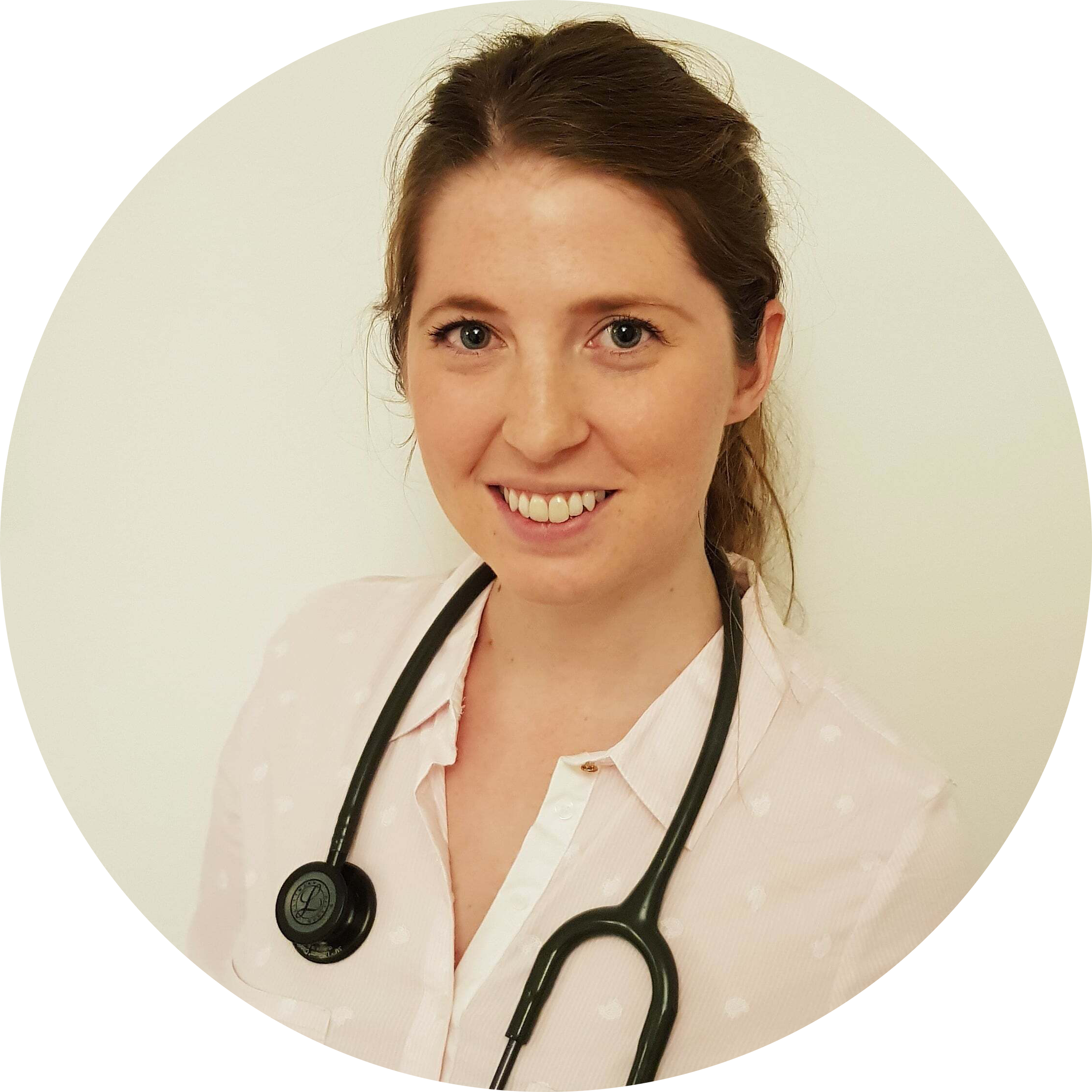Type 1 diabetes
Reviewed by:
Dr Rhianna McClymont
, Lead GP at Livi
Type 1 diabetes is a severe, lifelong condition that causes your blood glucose (sugar) levels to become too high. We explain why this happens and how to spot the symptoms.

What is type 1 diabetes?
People with type 1 diabetes have high blood glucose (sugar) levels. This is because their bodies are unable to produce enough of the hormone that controls blood glucose, called insulin.
Insulin plays a vital role in taking the glucose from the carbohydrates in the food and drink we have and allowing it into our blood cells.
If you have type 1 diabetes, you don’t produce enough insulin to do this job, so glucose levels increase in your bloodstream and cause high blood sugar levels.
Type 1 diabetes causes
In type 1 diabetes, the immune system attacks cells in the pancreas that usually make insulin, preventing them from producing it.
Scientists aren’t sure exactly why this happens, but it’s thought to be linked to:
Genetics
Exposure to certain viruses
Abnormal bacteria levels in the gut in children
Type 1 diabetes symptoms
Symptoms of type 1 diabetes can appear quite quickly, especially in children. It’s vital to see a doctor as soon as possible if you notice any of the main symptoms. These include:
Feeling very thirsty
Peeing a lot, especially during the night
Feeling tired and weak
Unexplained weight loss
Feeling hungrier than normal
Blurred vision
Fruity smelling breath
Cuts and grazes that are slow to heal
The difference between type 1 and type 2 diabetes
Both types of diabetes are severe conditions where your blood sugar levels become too high. Type 2 diabetes is much more common than type 1, with around 90% of all diabetes cases being type 2.
Scientists aren’t clear about why you get type 1 diabetes. But they know that certain risk factors, like weight and ethnicity, can increase your risk of developing type 2 diabetes. You can manage type 2 diabetes in a range of different ways, including medication and lifestyle changes.
Type 1 diabetes diagnosis
The doctor will start by testing your urine and your blood glucose level. If they suspect it’s type 1 diabetes, you’ll need to go to the hospital for more tests straight away.
In the hospital, doctors will monitor your blood sugar levels. If they’re unsure whether it’s type 1 or type 2 diabetes, they may run specific blood tests to check for autoantibodies common in type 1 diabetes.
Type 1 diabetes treatments
If you’re diagnosed with type 1 diabetes, you’ll need to take insulin to help control your blood sugar levels. This can be taken with an injection or a pump, and you might take it once or twice a day or before a meal.
Insulin is usually taken at set times every day in relation to meals. As time goes on, you may adapt your insulin plan to make it more flexible, but this should always be done in consultation with a doctor.
Insulin plans may change as you get older or for other reasons, for example, if you’re pregnant or ill or taking other medication.
Managing type 1 diabetes
It can be challenging to manage type 1 diabetes. Increases or decreases in your blood glucose levels can be hazardous to your health.
After your diagnosis, a diabetes nurse will offer advice on how you can start managing the condition. They’ll show you how to test your blood sugar levels and how to take your insulin.
It’s essential to eat a healthy, balanced diet and to follow a regular meal pattern. Talk to the doctor about how to plan nutritious meals and snacks. They may also advise you on counting the carbohydrates in the food and drink that you consume. This is because your insulin levels may depend on how many carbohydrates you’re eating and drinking.
Type 1 diabetes complications
If your blood levels drop too high or too low, it can significantly impact your health. This can cause:
Hypoglycaemia (hypos) – When your blood sugar level is too low, it can cause a ‘hypo’. You may start trembling or shaking, have blurred vision and become sweaty and anxious. You’ll need to eat something sugary as soon as possible, or in an emergency you may need an injection of glucagon.
Hyperglycaemia (hyper) – A ‘hyper’ happens when your blood sugar level is too high. You may feel very thirsty and tired, pee a lot and have blurred vision. If your blood sugar levels become very high, they can become life-threatening and lead to a problem called diabetic ketoacidosis. It’s essential to monitor your glucose levels and talk to the care team if you’ve any worries or concerns.
- Reviewed by:
 Dr Rhianna McClymont, Lead GP at Livi
Dr Rhianna McClymont, Lead GP at Livi
